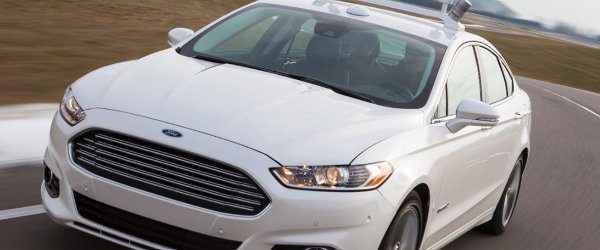
Ford is set to collaborate with Massachusetts Institute of Technology (MIT) and Stanford University to build an autocar.
As part of automated driving research, teams will use Ford’s latest Fusion Hybrid research vehicle that incorporates four Lidar sensors to generate a real-time map of the surrounding environment.
MIT will conduct research on determining the car’s capabilities to predict the actions of pedestrians and other vehicles around it by using advanced algorithms, while Stanford would work on exploring vehicle’s manoeuvring abilities to allow sensors to peek around obstacles.
Ford research and innovation vice president and chief technical officer Paul Mascarenas said that the latest collaboration assists in delivering on the company’s vision for the future of mobility.
"Working with university partners like MIT and Stanford enables us to address some of the longer-term challenges surrounding automated driving while exploring more near-term solutions for delivering an even safer and more efficient driving experience," Mascarenas said.
Research would also allow the sensors to "take a peek ahead" and create evasive manoeuvres if required.
Ford research and innovation global manager for driver assistance and active safety Greg Stevens said that the company’s goal is to provide the vehicle with ‘common sense’.
"Drivers are good at using the cues around them to predict what will happen next, and they know that what you can’t see is often as important as what you can see," Stevens said.
"Our goal in working with MIT and Stanford is to bring a similar type of intuition to the vehicle."






